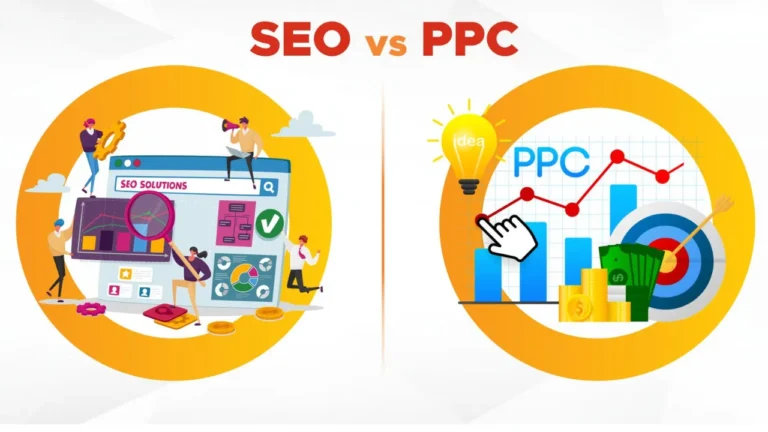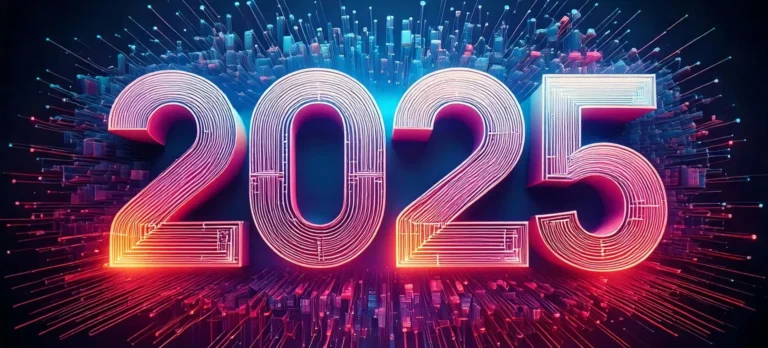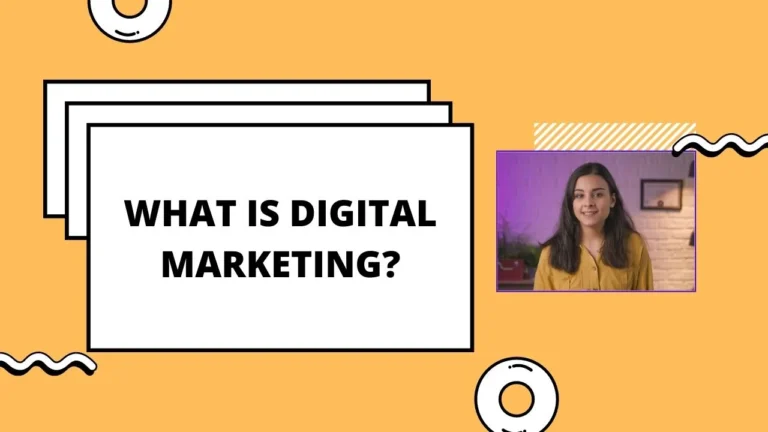Introduction to the Evolving Landscape of Email Marketing
Email marketing has been a cornerstone of digital strategy for decades, but it’s constantly evolving. As we approach 2025, it’s crucial to understand which tactics remain effective and which have become obsolete. The digital landscape is shifting, driven by advancements in AI, changes in consumer behavior, and stricter privacy regulations. This article will explore the email marketing best practices that will define success in the coming years, along with the strategies that will no longer yield results. Understanding these shifts is vital for businesses looking to maintain a competitive edge and build lasting customer relationships.
Key Points Overview for Future Email Marketing
In 2025, successful email marketing will hinge on personalization, automation, and a deep understanding of audience preferences. We’ll see a decline in generic, mass-sent emails and a rise in highly targeted, data-driven campaigns. Email open rates will depend heavily on relevance and value. Email automation strategies will become more sophisticated, leveraging AI to deliver timely and personalized content. Key areas to focus on include enhanced segmentation, interactive content, and a strong emphasis on privacy and compliance.
Detailed Discussion: Navigating Email Marketing in 2025
Personalization and Segmentation: The Cornerstones of Success
Gone are the days of one-size-fits-all emails. In 2025, personalization will be paramount. Leveraging data to segment audiences based on demographics, behavior, and preferences will allow for highly targeted campaigns. Use dynamic content to tailor emails to individual recipients. Email marketing best practices now dictate that every email should feel as if it was written specifically for the recipient. Utilize email automation strategies to send personalized welcome emails, birthday greetings, and product recommendations. Advanced segmentation will involve using predictive analytics to anticipate customer needs and deliver relevant content before they even realize they need it.
AI and Automation: Driving Efficiency and Engagement
Artificial intelligence (AI) will play a significant role in email automation strategies. AI-powered tools can analyze vast amounts of data to identify patterns and trends, enabling marketers to create more effective campaigns. AI can also optimize send times, subject lines, and content to maximize engagement. Chatbots integrated into email platforms will provide instant customer support and gather valuable feedback. Expect to see a rise in AI-driven content generation, where algorithms help craft compelling email copy that resonates with specific audience segments. Furthermore, AI can aid in how to improve email open rates by analyzing past open behaviors and predicting optimal send times and subject lines.
Interactive Content: Enhancing Engagement and Retention
Static emails are becoming less effective. In 2025, interactive content will be crucial for capturing attention and driving engagement. Incorporate elements like polls, quizzes, videos, and interactive carousels. These elements not only make emails more engaging but also provide valuable data on customer preferences. Interactive content can significantly boost email open rates and click-through rates. Gamification elements, such as scratch cards or spin-to-win wheels, can also increase engagement and encourage recipients to take action. This approach will improve customer retention by providing a dynamic and enjoyable email experience.
Privacy and Compliance: Building Trust and Avoiding Penalties
With increasing concerns about data privacy, compliance with regulations like GDPR and CCPA will be more critical than ever. Transparency and consent will be non-negotiable. Clearly communicate how you collect and use customer data. Provide easy opt-out options and respect customer preferences. Building trust is essential for long-term success. Ensure that your email marketing best practices include regular audits of your data collection and usage practices. Failure to comply with privacy regulations can result in severe penalties and damage your brand’s reputation. Always prioritize ethical data handling and obtain explicit consent for all email communications.
Mobile Optimization: Reaching Customers on the Go
Mobile devices are the primary way many people access their emails. Ensure that your emails are fully optimized for mobile viewing. Use responsive design to ensure that emails look great on any device. Keep content concise and use clear call-to-action buttons that are easy to tap. Mobile optimization is a vital component of how to improve email open rates, as a significant portion of emails are opened on smartphones. Utilize mobile-friendly templates and test your emails on various devices to ensure a seamless experience.
The Decline of Batch-and-Blast: Embracing Targeted Communication
The days of sending generic, mass-sent emails are over. In 2025, targeted communication will be the norm. Focus on delivering relevant and valuable content to specific audience segments. Avoid sending irrelevant emails that can lead to unsubscribes and damage your sender reputation. Email marketing best practices now emphasize quality over quantity. Instead of sending daily emails, focus on sending fewer, more impactful emails that resonate with your audience. Utilize data to understand your audience’s needs and tailor your messaging accordingly.
Leveraging Data Analytics: Measuring and Optimizing Performance
Data analytics will be essential for measuring the effectiveness of your email marketing campaigns. Track key metrics like open rates, click-through rates, conversion rates, and unsubscribe rates. Use this data to identify areas for improvement and optimize your campaigns. A/B testing will remain a crucial tool for refining subject lines, content, and calls to action. Utilize analytics to understand customer behavior and tailor your campaigns accordingly. Advanced analytics tools will provide deeper insights into customer engagement and allow for more precise targeting.
Integrating Email with Other Channels: Creating a Unified Customer Experience
Email marketing should not exist in isolation. Integrate it with other marketing channels like social media, SMS, and CRM systems to create a unified customer experience. This omnichannel approach allows for seamless communication and provides a consistent brand experience across all touchpoints. Use email to nurture leads and drive traffic to your website or social media pages. Integrate email with your CRM to personalize communications based on customer interactions and purchase history. This holistic approach will enhance customer engagement and build stronger relationships.
Conclusion: Adapting to the Future of Email Marketing
The landscape of email marketing is constantly evolving, and businesses must adapt to stay ahead. In 2025, personalization, automation, and a focus on privacy will be crucial for success. By implementing email automation strategies, leveraging AI, and delivering interactive content, you can enhance engagement and build lasting customer relationships. Remember to prioritize privacy and compliance, and always focus on providing value to your audience. By staying informed and adapting to the latest trends, you can ensure that your email marketing efforts remain effective and impactful.
FAQs
Q1: How can AI help improve email open rates?
A1: AI can analyze past open behaviors, predict optimal send times, and optimize subject lines. It can also segment audiences based on engagement patterns, ensuring that emails are sent to the most receptive recipients. Additionally, AI-driven content generation can craft compelling subject lines and preview text that entice recipients to open emails.
Q2: What are the key elements of effective email personalization in 2025?
A2: Effective personalization involves segmenting audiences based on demographics, behavior, and preferences. Using dynamic content to tailor emails to individual recipients is crucial. Personalizing subject lines, content, and offers based on past interactions and purchase history will also enhance engagement. Utilizing AI to predict customer needs and deliver relevant content proactively is also a key component.
Q3: How important is mobile optimization for email marketing in 2025?
A3: Mobile optimization is extremely important. A significant portion of emails are opened on smartphones. Ensure that your emails are fully optimized for mobile viewing by using responsive design, concise content, and clear call-to-action buttons. Test your emails on various mobile devices to ensure a seamless experience.
Q4: What are the best strategies for improving email deliverability?
A4: To improve deliverability, maintain a clean email list by regularly removing inactive subscribers. Authenticate your emails using SPF, DKIM, and DMARC. Avoid using spam trigger words in your subject lines and content. Encourage subscribers to add your email address to their contacts. Monitor your sender reputation and address any issues promptly.
Q5: How can interactive content enhance email engagement?
A5: Interactive content like polls, quizzes, videos, and interactive carousels makes emails more engaging and provides valuable data on customer preferences. Gamification elements, such as scratch cards or spin-to-win wheels, can also increase engagement and encourage recipients to take action. Interactive content can significantly boost click-through rates and improve customer retention.
Q6: What privacy regulations should I be aware of for email marketing in 2025?
A6: Be aware of regulations like GDPR, CCPA, and any other relevant local or regional privacy laws. Ensure you obtain explicit consent for all email communications, clearly communicate how you collect and use customer data, and provide easy opt-out options. Regular audits of your data collection and usage practices are essential for compliance.




